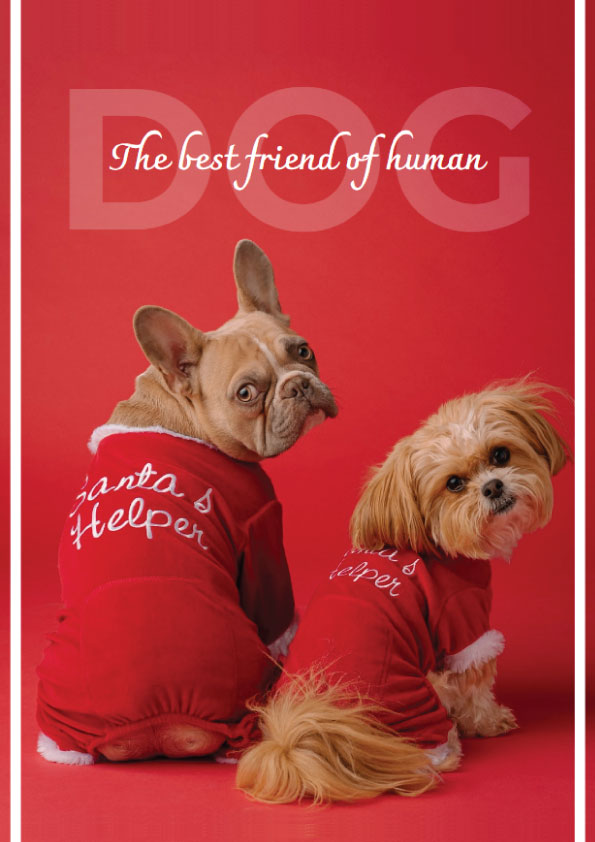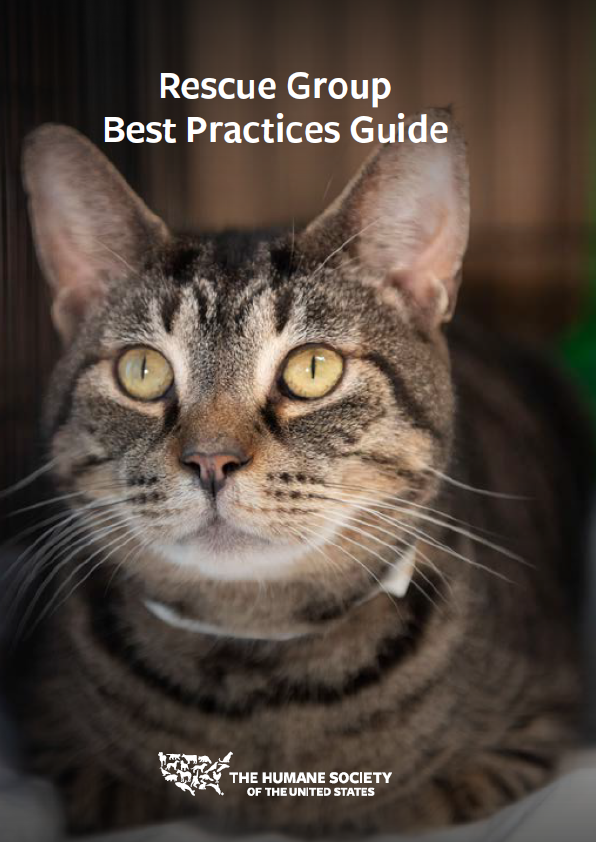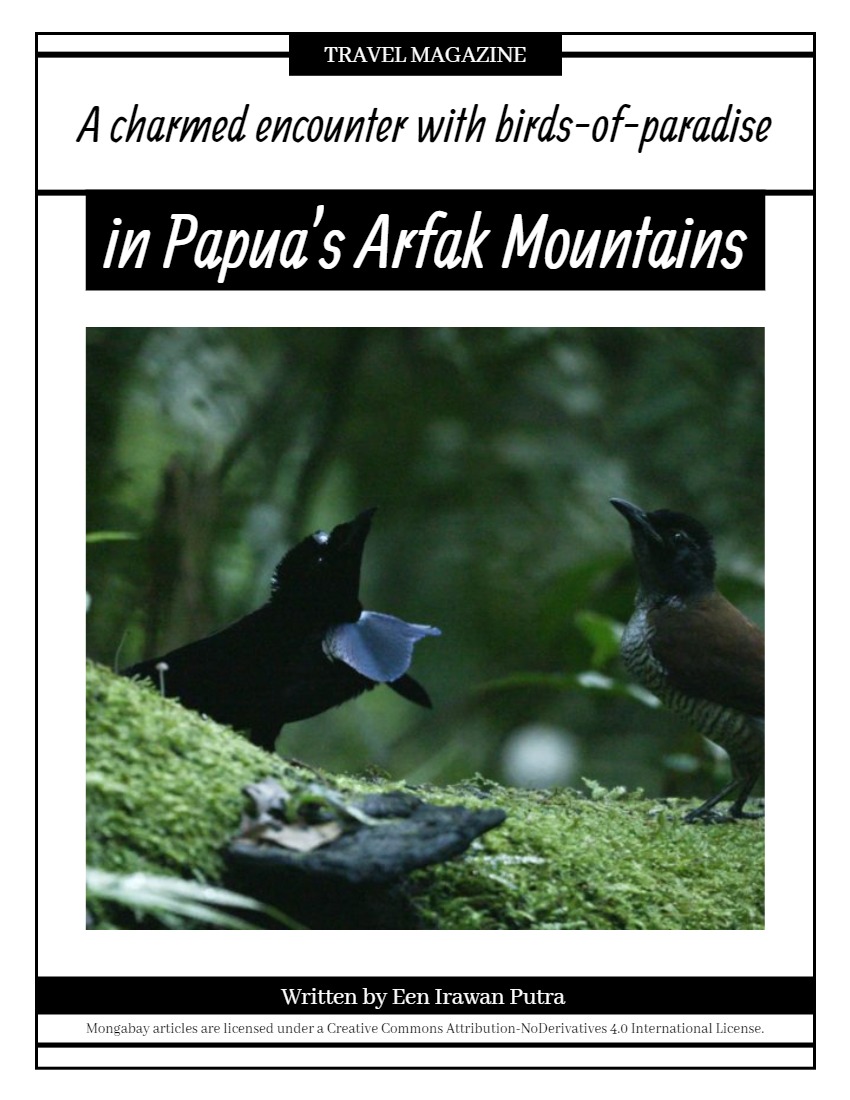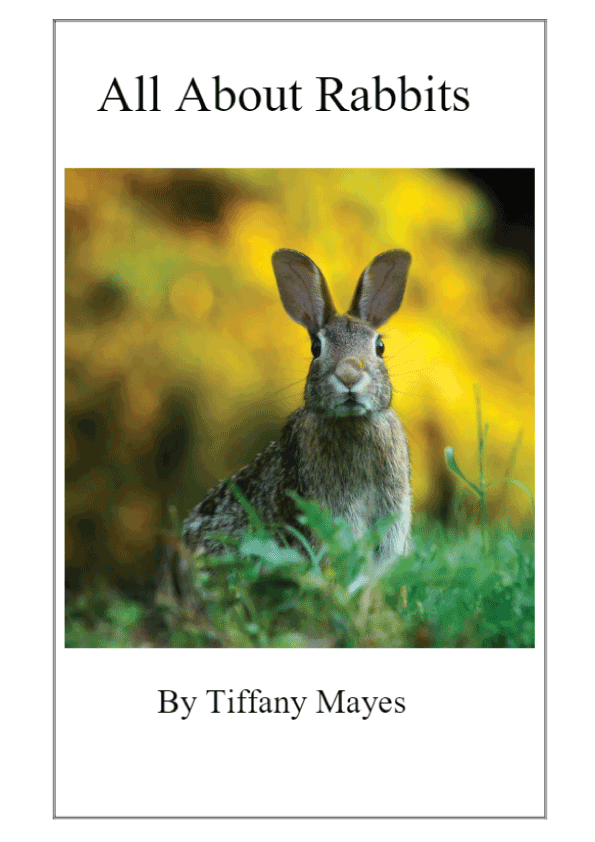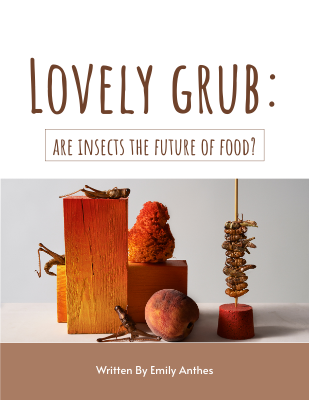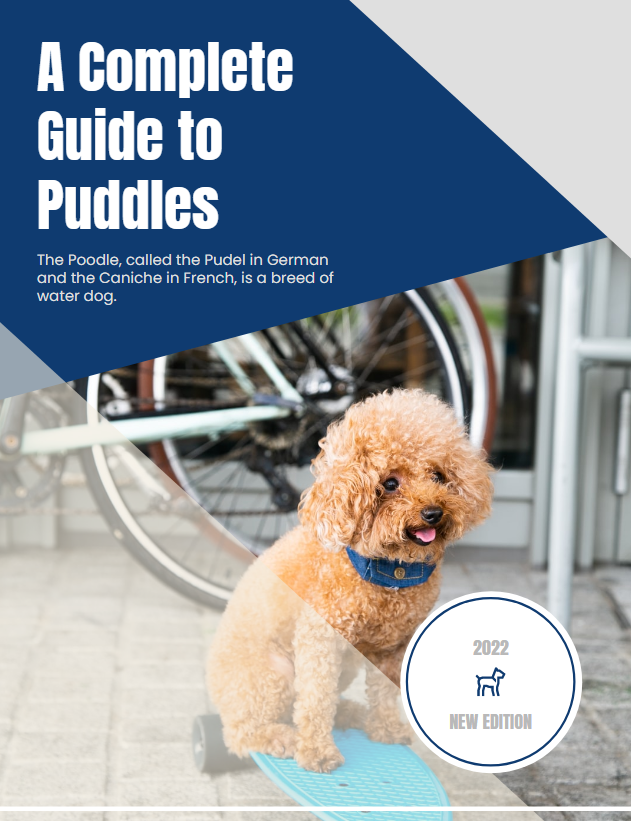About Domestic Dog
Domestic dog is a domesticated descendant of the wolf, and is characterized by an upturning tail. The dog is derived from an ancient, extinct wolf, and the modern wolf is the dog’s nearest living relative. The dog was the first species to be domesticated, by hunter–gatherers over 15,000 years ago, before the development of agriculture. Due to their long association with humans, dogs have expanded to a large number of domestic individuals and gained the ability to thrive on a starch-rich diet that would be inadequate for other canids.
The dog has been selectively bred over millennia for various behaviors, sensory capabilities, and physical attributes. Dog breeds vary widely in shape, size, and color. They perform many roles for humans, such as hunting, herding, pulling loads, protection, assisting police and the military, companionship, therapy, and aiding disabled people. Over the millennia, dogs became uniquely adapted to human behavior, and the human-canine bond has been a topic of frequent study. This influence on human society has given them the sobriquet of “man’s best friend”.
Suitable Food Of Them
Although the ancestor of the dog was the wolf, a carnivore, the dog is referred to as an omnivore in various literature, in addition to a carnivore. Unlike strictly carnivorous animals, dogs can adapt to various diets. Dogs do not require animal protein or large amounts of protein to meet basic dietary needs. Dogs can digest and absorb a variety of foods, including vegetables and grains, in a healthy manner, even with a large portion of the diet. A pure meat diet lacks calcium and is not suitable for dogs. Genetic analysis of wolf-dog comparisons indicates that dogs have mutations in their genes that enhance amylase activity, making them more adaptable to a high starch diet, which may be an important step in early domestication. Some dogs even carry salivary amylase. Dogs still need some of the nutrients that are mainly provided by meat in nature, such as taurine for their bile acid synthesis, vitamin D to enhance calcium absorption, and arginine to maintain nitrogen balance.
For example, they metabolize the theobromine in chocolate much more slowly than humans, and large intakes of chocolate can cause theobromine poisoning and even death in dogs. Other foods include onions, grapes (grapes can cause kidney failure or death in dogs), cherries, avocados, and foods containing xylitol such as candy, baked goods, ice cream, and peanut butter. And some commonly used adult medicines in humans are also toxic to dogs.
Relationship Between Human And Dogs
There is often a strong emotional bond between humans and dogs. Dogs have become human pets. People are happy to accept a buddy who is always happy to see them and who is understanding and has no utilitarian requirements. According to a new scientific study recently published in the journal Contemporary Biology, reported in the British press in 2012, dogs were found to have an IQ similar to that of a 2-year-old toddler, and to have cognitive skills similar to those of an infant, not only being able to understand human language and thoughts.
Some studies have found that dogs can convey deep emotions, for example, in 2014 Hungarian researchers successfully discovered through neuroimaging experiments that the dog’s brain can indeed feel human emotions and then respond in a variety of thoughtful ways. This is believed to be due to their close relationship with modern humans, with surviving dogs gradually becoming closer to humans as they evolve. [source request] Using functional MRI, it was found that the left temporal cortex, amygdala, caudate nucleus, and optic thalamus of the brain in trained dogs respond to words spoken by humans.
It is estimated that 10-20% of the population is allergic to cats and dogs, but allergy to dogs is more difficult to diagnose than allergy to cats. 2008 research at the Institute of Epidemiology of the Helmholtz Centre in Munich, Germany, showed that children without dogs in the home are more likely to be allergic to pollen and inhalant allergens that cause asthma, allergic rhinitis, and eczema than children with dogs in the home from birth to age six.
Close Relatives Of Dogs
Dogs belong to the genus Canis in the family Canidae, and thus share similar appearance and behavior with other relatives of the same family, such as foxes and jackals, and are more likely to interbreed with relatives of the same genus, such as coyotes, to produce fertile offspring.
Because domestic dogs are the same species as wolves, they can produce fertile offspring with other wolf subspecies, including the Australian dingo, which is a domestic dog of direct wild origin.
Unlike naturally occurring species and subspecies, dog breeds and strains are the result of artificial selection, and there may be significant differences in appearance but no physical reproductive isolation between breeds. In the history of breeding, dogs of different breeds, and even wolves, may have been mated to produce new breeds that are considered better, but there are also breeds that may have been deliberately inbred in order to preserve some of the breed’s traits and to maintain so-called “pure bloodlines.
Long-term inbreeding may lead to inbreeding decline in the offspring, such as poor health and short life span. Nowadays, there are many so-called “mixed breeds” commonly known as “MIX”, which are derived from different breeds of dogs, or from the cross breeding of abandoned stray dogs, whose physical and growth appearance retains or incorporates the characteristics of both parents’ bloodlines, reducing the genetic defects caused by inbreeding. The Meeks breed is becoming more and more popular with the promotion of adoption instead of purchase.
Reproduction
In domestic dogs, sexual maturity happens around six months to one year for both males and females, although this can be delayed until up to two years of age for some large breeds, and is the time at which female dogs will have their first estrous cycle. They will experience subsequent estrous cycles semiannually, during which the body prepares for pregnancy. At the peak of the cycle, females will become estrous, mentally and physically receptive to copulation. Because the ova survive and can be fertilized for a week after ovulation, more than one male can sire the same litter.
Fertilization typically occurs two to five days after ovulation; 14–16 days after ovulation, the embryo attaches to the uterus and after seven to eight more days, a heartbeat is detectable.
Dogs bear their litters roughly 58 to 68 days after fertilization, with an average of 63 days, although the length of gestation can vary. An average litter consists of about six puppies.
A common breeding practice for pet dogs is mating between close relatives (e.g., between half and full siblings). Inbreeding depression is considered to be due mainly to the expression of homozygous deleterious recessive mutations. Outcrossing between unrelated individuals, including dogs of different breeds, results in the beneficial masking of deleterious recessive mutations in progeny.
In a study of seven dog breeds (the Bernese Mountain Dog, Basset Hound, Cairn Terrier, Brittany, German Shepherd Dog, Leonberger, and West Highland White Terrier), it was found that inbreeding decreases litter size and survival. Another analysis of data on 42,855 Dachshund litters found that as the inbreeding coefficient increased, litter size decreased and the percentage of stillborn puppies increased, thus indicating inbreeding depression. In a study of Boxer litters, 22% of puppies died before reaching 7 weeks of age. Stillbirth was the most frequent cause of death, followed by infection. Mortality due to infection increased significantly with increases in inbreeding.
